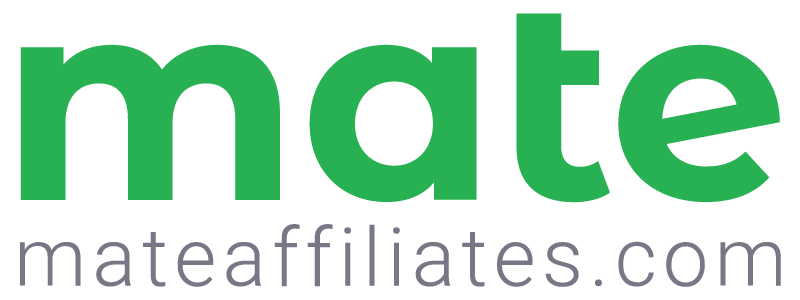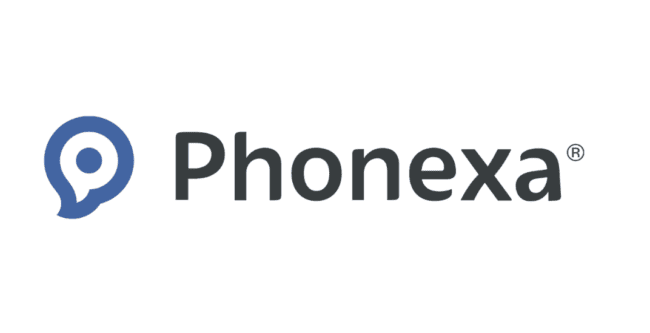Meta’s Content Moderation Changes Spark Concerns Among Advertisers

Meta, the parent company of Facebook and Instagram, is once again in the spotlight – but this time, it’s not for a product launch or platform update. Recent changes to its content moderation policies have raised concerns among advertisers about brand safety and the potential risks associated with advertising on its platforms.
While Meta remains one of the most powerful advertising platforms globally, the decision to ease certain content moderation measures has left brands questioning whether their adverts could appear alongside harmful or controversial content. This situation poses serious questions about how brands can protect their reputation while still leveraging Meta’s massive user base for marketing.
What Has Changed in Meta’s Content Moderation?
Meta has reportedly scaled back some of its content moderation efforts, particularly regarding political content and misinformation. The company has reduced the size of teams responsible for monitoring harmful content and misinformation on Facebook and Instagram, aligning with its broader strategy to reduce costs and focus on emerging technologies like the metaverse and artificial intelligence.
This shift follows years of pressure from political groups and public scrutiny over how the company manages harmful content. However, Meta’s recent decision to ease content policing has reignited worries that misinformation, hate speech, and divisive content could resurface more prominently on its platforms.
Why Advertisers Are Concerned
For brands, where and how their advertisements appear is critical. Association with controversial or harmful content can damage a brand’s image, leading to public backlash, customer boycotts, and financial losses.
- Brand Safety Risks: With fewer controls in place, advertisers fear that their ads could appear next to misleading, offensive, or harmful content. This not only puts brands at risk of reputational harm but also diminishes consumer trust.
- Increased Misinformation: Meta’s platforms have previously faced criticism for failing to contain misinformation. A rollback in moderation raises concerns that false or harmful narratives could spread more easily, creating an environment where advertisers are hesitant to invest.
- Impact on Campaign Performance: Advertisers worry that negative content could overshadow their messaging. Even if a brand isn’t directly associated with harmful content, a toxic platform environment can affect audience engagement and campaign success.
- Pressure for Accountability: Consumers are more socially conscious than ever. Brands that continue to advertise on platforms perceived as unsafe or unethical could face public criticism for prioritising profits over social responsibility.
Meta’s Response to Advertiser Concerns
Meta has responded by highlighting the tools it provides advertisers to manage brand safety. The company offers features like content filters and blocklists, allowing brands to control where their ads appear. Meta has also pointed to its partnerships with third-party verification services that assess brand safety risks.
However, these assurances have not fully calmed advertiser concerns. Some argue that the responsibility should not rest solely on brands to safeguard their image but also on Meta to maintain a safe and trustworthy platform.
Meta is in a delicate position – balancing the need for free expression on its platforms while keeping advertisers confident that their content won’t be linked to harmful material.
The Broader Impact on Digital Advertising
Meta’s situation reflects a broader issue within the digital advertising industry: the ongoing struggle between platform growth, content moderation, and advertiser trust.
- Shift to Alternative Platforms: If brands lose trust in Meta, they may divert advertising budgets to alternative platforms. TikTok, LinkedIn, and YouTube have been gaining ground as advertisers seek safer, more engaging environments for their campaigns.
- Increased Demand for Brand Safety Tools: Advertisers are likely to invest more in brand safety technologies that give them greater control over where their content appears. This includes AI-powered tools that automatically monitor and flag harmful content.
- Stricter Industry Standards: The advertising industry may push for stricter standards and accountability from social media platforms. Brands are already demanding more transparency in how platforms handle harmful content and what safeguards are in place.
What Brands Should Do Now
Brands need to be proactive in protecting their reputation while still taking advantage of Meta’s vast advertising reach. Here are some strategies to consider:
- Use Brand Safety Controls: Meta provides tools that allow advertisers to block certain types of content and choose where their ads are shown. Brands should fully utilise these controls to minimise risks.
- Monitor Ad Placements: Regular audits of where and how ads appear on Meta’s platforms can help identify any brand safety risks. Brands should work with third-party verification partners to gain objective insights.
- Diversify Ad Spend: Relying too heavily on one platform increases risk. Brands should consider spreading their digital marketing budgets across multiple platforms to reduce exposure to any single platform’s content policies.
- Stay Informed About Policy Changes: Meta frequently updates its policies. Brands must stay informed about changes in content moderation and adapt their advertising strategies accordingly.
The Road Ahead for Meta and Advertisers
Meta’s content moderation changes have put the company in a difficult position. On one hand, it needs to maintain profitability and focus on innovation. On the other, it must protect the trust that advertisers and users place in its platforms.
How Meta handles this situation could set the tone for the future of digital advertising. If it fails to reassure brands about content safety, advertisers may continue exploring other channels. However, if Meta can strike the right balance between open expression and brand safety, it could maintain its dominance in the digital ad space.
For now, brands must navigate this evolving landscape carefully, using every tool available to safeguard their image while leveraging the reach and influence that Meta’s platforms still offer.






